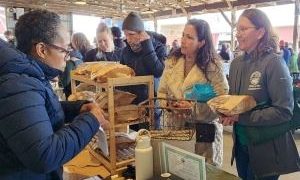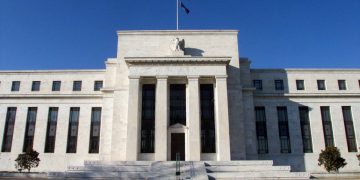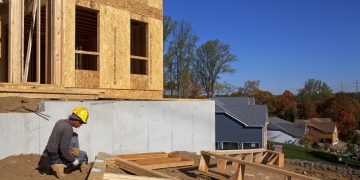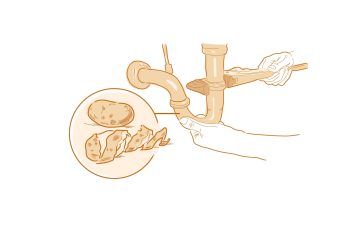In 1846, after decades of haggling, American and British diplomats finally agreed on a border between the U.S. Northwest and what would later become Canada.
Following the 49th parallel west from the Rocky Mountains almost to Vancouver Island, the boundary sliced straight across a peninsula that jutted south from Canada, leaving 4.8 square miles on the American side.
Point Roberts, Wash., long prospered as an appendage of Canada. Its economy thrived on sales of gasoline, groceries and alcohol at prices considered a bargain by Canadians, whose frequent visits helped make the border station one of the busiest crossing points between the two countries.
The 1,100 Americans and Canadians who lived here thought nothing of crossing into Canada for work, school or errands or to get to the U.S. mainland.
Then on March 21, 2020, in response to the pandemic, U.S. and Canadian officials abruptly closed the entire border to nonessential travel — squeezing the peninsula like a tourniquet.
Exit lanes from Point Roberts, Wash., sit empty at the local Canadian border station, which was shut down to all but essential travel during the pandemic. What qualifies as “essential” is open to interpretation by border agents.
(Richard Read / Los Angeles Times)
How, Point Roberts residents wondered, would they see doctors or pick up prescriptions given that they had no physicians and no pharmacies? How could they get children to school once in-person instruction resumed, given their lack…



























































